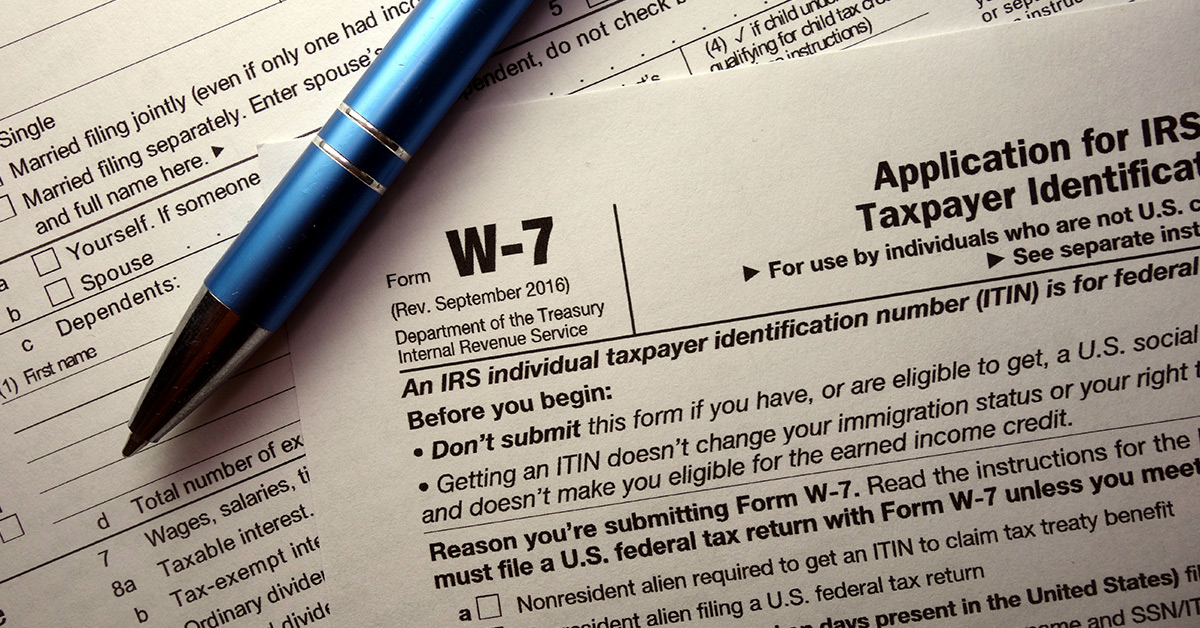Despite a litany of business closures, job losses and economic turmoil resulting from the COVID-19 pandemic, the U.S. housing and mortgage markets have more than held their own this year. This is evident in data from the Mortgage Bankers Association (MBA), which reported this past October that origination volume is expected to reach a 17-year high of $3.81 trillion in 2020.
Even though many homeowners have already capitalized on record-low interest rates by refinancing — leading the MBA to predict a 46.3% decrease in refi volume for 2021 — the trade group also believes these same rates will fuel further growth for purchase mortgages (an expected 8.5% increase in 2021 for a new record volume of $1.54 trillion). There are certain segments of housing finance, however, that aren’t as stable.
Take, for example, the foreign homebuyer market. According to the National Association of Realtors (NAR), these buyers can be placed into one of two buckets — type A buyers who have permanent residences in other countries, or type B buyers who have either lived in the U.S. for less than two years or are visa holders who live here for at least six months a year.
U.S. home purchases by these types of buyers were on the downswing even before the pandemic swept across the globe. According to NAR, they bought 16% fewer properties on a year-over-year basis from April 2019 through March 2020. The $74 billion value of these properties declined by 5% compared to the previous 12-month period.
This dip is expected to continue post-pandemic, according to Gay Cororaton, NAR senior economist and director of housing and commercial research. She says that tourist arrivals into the U.S. have plummeted from about 7 million per month in recent years to less than 500,000 after the pandemic struck.
This has a heavy impact on the type A buyers who are interested in U.S. real estate for business-purpose investments. In fact, many potential foreign buyers, even if they feel safe enough to travel, are prohibited from entering the U.S. As of this past September, this included anyone from China, Brazil or dozens of European countries such as France, Germany and the United Kingdom.
These types of folks want to share in the American dream. They want to own real estate here.
—Robert Senko, President, ACC Mortgage
The relative strength of the U.S. dollar compared to other currencies also plays a role, Cororaton says, as foreign buyers aren’t getting as much value for their purchase. “It’s the travel ban. It’s the stronger dollar,” she says. “I think you can’t get away from the fact that it’s the pandemic. Are you going to be able to come to the U.S.? Do you even want to come to the U.S.?”
Although the foreign-buyer base is shrinking, financing for these types of transactions has become more prevalent in recent years. NAR reported that the share of all-cash sales among foreign homebuyers dropped from 50% in 2016 to 39% this year. Foreign buyers typically utilize specialized programs that fall under the nonqualified mortgage (non-QM) umbrella, and after many non-QM programs were shut down in the early months of the pandemic, things have gotten back to normal, says Sam Bjelac, senior vice president of wholesale and correspondent lending at Sprout Mortgage.
“The secondary markets kind of seized up there in late March and then liquidity started coming back,” Bjelac says. “In general, [loan parameters are] not as relaxed as they were maybe a year ago but much better in the last three or four months. [Lending to foreign nationals] has always been a steady part of our business and in recent months, again, a growing part of our business.”
Robert Senko, president of ACC Mortgage, echoes these sentiments. He says that his company’s loan programs that cater to individual tax identification number (ITIN) borrowers — non-U.S. residents who can’t obtain a Social Security number — were rebounding in the latter half of 2020.
“That purchase business definitely slowed up with the pandemic because a lot of those folks are your tradespeople, blue-collar [workers],” Senko says. “Those are the types of people that couldn’t just sit from their home and work on a computer. They were impacted by the shutdowns around the country.
“These types of folks want to share in the American dream. They want to own real estate here. So, I see 2021 as being a tremendous year in the foreign-national and ITIN markets.”
Bjelac says that loan-to-value (LTV) ratios for these programs have dropped since the onset of the pandemic, so borrowers who often have little or no domestic credit history will need to put down a larger downpayment. He also notes that his company has spent a lot of time and effort developing its virtual-training programs to help mortgage originators better understand the lending guidelines.
“For brokers that are working with non-U.S. borrowers, they’ve always been challenged by this type of thing where they don’t have the credit scores, they don’t fit the agency guidelines,” Bjelac says. “You can’t run them through a lot of the automated underwriting systems.”
Senko says that LTVs for his company’s foreign-national programs have returned to pre-pandemic levels. He’s seeing high demand for these loans in East Coast states such as Maryland, New Jersey and North Carolina, and calls Colorado “a great market.”
“The urban markets have taken a beating during this time,” Senko says, “but maybe they’ll become a value proposition again into 2021 when we hopefully get back to some more normal times.” ●







